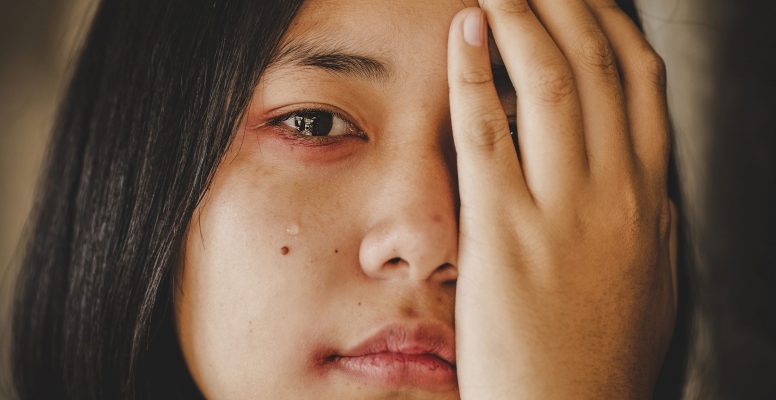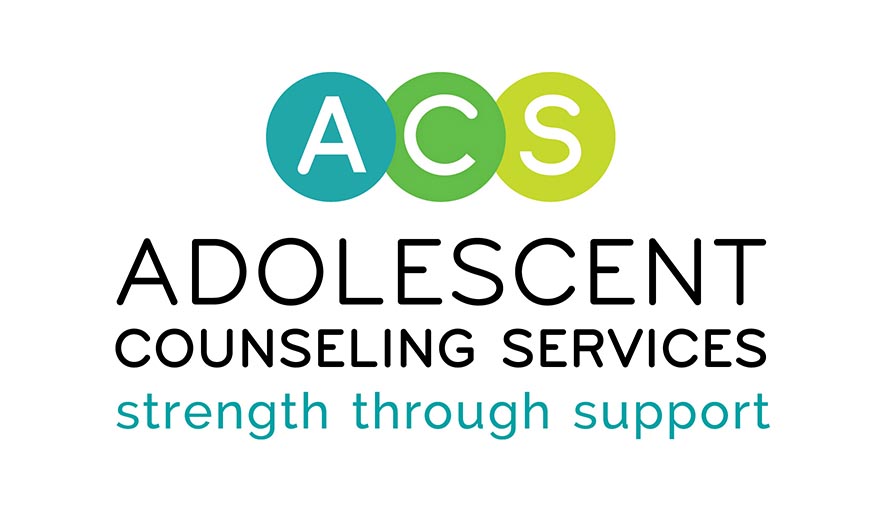
Cultural Stressors in Youth
Written By: Kyara Mendez-Serrano, Clinical Intern at ACS, On-Campus Counseling Program
life as a teenagercan be a confusing time to navigate. It is a period in which folks no longer identify with being children, but they are not yet considered adults.
In the midst of this journey, some adolescents might be experiencing the added pressure of being recent immigrants or first-generation. These teens might experience bicultural stress which comes from having to balance the majority culture’s values and customs, and the preservation of their family’s culture. Additionally, they might experience cultural stressors such as:
- discrimination
- having accents
- fear of deportation
- pressure to succeed
- challenges learning the language
The discrimination that they might experience is not only perpetrated by the majority groups in the new country, but also by their racial and ethnic peers. For instance, a first-generation Latinx youth might not know how to speak Spanish and be made fun of by their Latinx peers for not speaking the language. A study conducted by Nair and colleagues (2013) found that Mexican-American youth who encountered discrimination and language hassles in fifth grade were more likely to experience mental health symptoms in the seventh grade. Researchers have also identified how cultural stressors are associated with depressive symptoms in a group of Latinx youth (Stafford et al., 2019). These cultural stressors are also experienced in other racial and ethnic minority groups such as Native Americans, Asians, South Asians, Africans, West Indians, and multi-racial folks. In a longitudinal investigation, researchers found that as acculturative stress increases, so does internalization of mental health symptoms in racial and ethnic minority youth (Sirin et al., 2019).
Overall, navigating life in a new country is difficult, let alone when the person is an adolescent. Hence, it is important to help youth by teaching them different healthy coping mechanisms to decrease the different stressors in their life.
Here are some healthy coping mechanisms for adolescents who might be experiencing heightened stress:
- Painting, drawing, or coloring
- Breathing deeply and imagining a peaceful and safe space
- Going for a nature walk
- Journaling
- Holding an ice cube
- Calling, texting, or hanging out with friends
- Listening to uplifting music
- Therapy or support groups
____________________________________________________
References
McCord, A. L., Draucker, C. B., & Bigatti, S. (2019). Cultural Stressors and Depressive Symptoms in Latino/a Adolescents: An Integrative Review. Journal of the American Psychiatric Nurses Association, 25(1), 49–65. https://doi.org/10.1177/1078390318778885
Nair, R. L., White, Rebecca. M. B., Zeiders, Katherine. H., & Roosa, M. W. (2013). Cultural Stressors and Mental Health Symptoms among Mexican Americans: A Prospective Study Examining the Moderating Roles of the Family and Neighborhood Contexts. Journal of Youth and Adolescence, 42(10), 1611–1623. https://doi.org/10.1007/s10964-012-9834-z
Sirin, S. R., Ryce, P., Gupta, T., & Rogers-Sirin, L. (2013). The role of acculturative stress on mental health symptoms for immigrant adolescents: A longitudinal investigation. Developmental Psychology, 49(4), 736–748. https://doi.org/10.1037/a0028398
Stafford, A. M., Bigatti, S. M., & Draucker, C. B. (2019). Cultural Stressors Experienced by Young Latinas with Depressive Symptoms Living in a Tumultuous Sociopolitical Climate in the United States. Archives of Psychiatric Nursing, 33(5), 36–42. https://doi.org/10.1016/j.apnu.2019.08.007
Yeh, C. J. (2003). Age, acculturation, cultural adjustment, and mental health symptoms of Chinese, Korean, and Japanese immigrant youths. Cultural Diversity and Ethnic Minority Psychology, 9(1), 34–48. https://doi.org/10.1037/1099-9809.9.1.34
